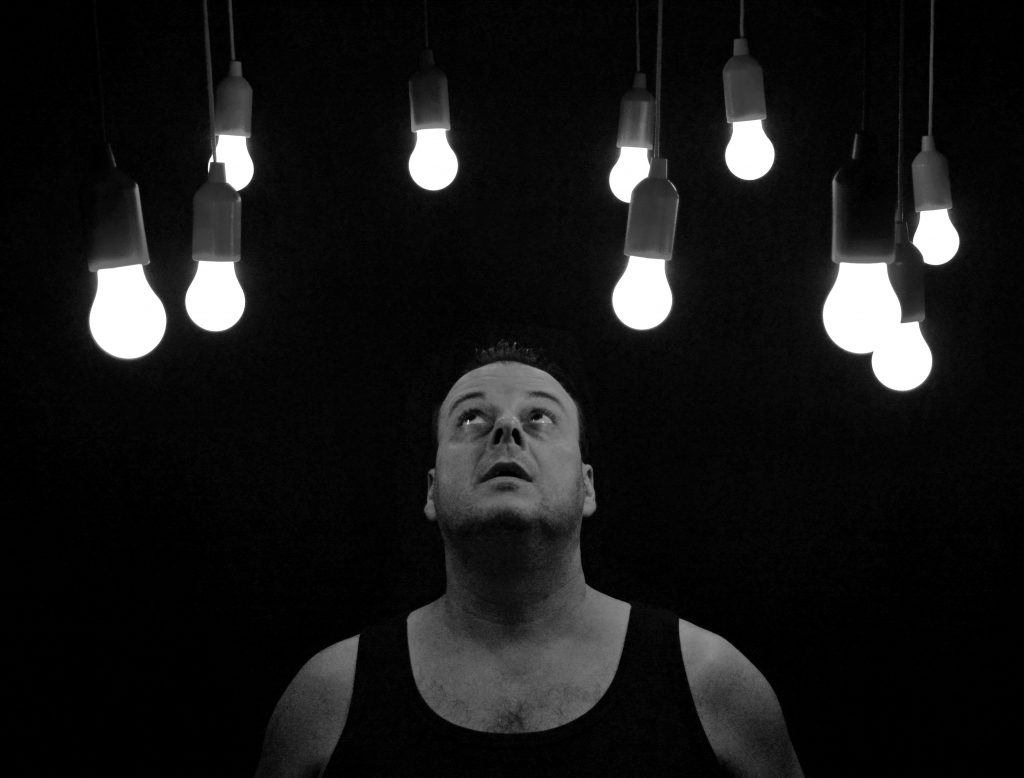Undertaking psychotherapy is a difficult process that often raises many questions. This page is here to answer them as best as possible.
Any other questions? Do not hesitate to contact me.
The first interview
The first interview is first of all a meeting. Before starting the therapy, the client checks whether he feels comfortable and confident with the therapist and his approach.
The client presents his problem to the therapist who assesses whether he can help him. The client can ask questions about the therapeutic methods used by the therapist and about his or her training. In order for therapeutic work to take place, there must be a good psychologist/client connection. It is sometimes necessary to meet several shrinks before finding the one who is right for us.
Will the therapy last long?
This question, frequently asked, implies that the shrink has the power to solve the patient’s problem. “Mr. or Mrs. Shrink, I am bringing my problem to you. How long will it take you to release me? I want to be free as soon as possible!” The shrink is not a doctor. He does not treat the person with drugs. He is not a mechanic. He doesn’t fix a psychologically unwell person like he fixes a car. He does not have the power to free a person from his inner demons.
It is the person himself who is the motor of his evolution, the motor of his own liberation. It is also the person who, step by step, traces the path that suits him or her. The shrink is there to accompany the person as best he or she can and to encourage his or her evolution. The therapist adapts to the request. He tries to determine with his client what he needs and the help that is most likely to correspond to him.
The person must first have a good rapport, feel confident with him and with his approach. Then, the client and the therapist evaluate together and regularly the work they do together. Some therapies last a few sessions, even one session. Others last several years. It all depends on the person’s needs, his or her attachment to the therapist and his or her investment in the therapy. In all emotional work, there is an imponderable part. One cannot say in advance and with certainty how the evolution will take place.
Is it necessary to return to the past to get better?
“If you want to know where you are going, first look at what you are running from!” Alejandro Jodorowsky (therapist and artist)
In psychotherapy, there is no recipe that can be applied to everyone. Some people need to “get it off their chest”, to talk for a long time about their childhood wounds. Others, on the contrary, are reluctant to talk about a past they want to forget. Still others will only talk about current difficulties… Everyone has their own unique therapeutic path. In many therapeutic approaches and in the Rogerian humanistic approach that I practice, it is the patient who decides what he or she is talking about. They are the ones who hold the ‘keys’ to their well-being.
This being said, whether we like it or not, our education, our family heritage, the way we have been loved and considered have shaped us. If we cannot ignore our past, we can always work on it (and not necessarily by talking about it over and over again: the experiences of the present change the child in us). We are certainly not beings determined entirely by childhood. We are also defined by what we do with our legacies and how we deal with our present.
How to avoid going in circles in psychotherapy?
Some people fear that by embarking on therapy they will be “going in circles” for years, that they will be “navel gazing when there is so much suffering more important than their own”, that they will be “taking on too much”, that they will fall into sterile dependency, that they will stagnate, that they will get bogged down… In short, instead of helping them, psychotherapy will drive them down. There are very real pitfalls in any psychotherapy. One can, for example, remain at a too superficial or intellectual level, protect oneself by avoiding to talk about what hurts too much, or expect more from the psychotherapist than he/she can give… Sometimes, going in circles is part of the therapy. Going back to the same path can be reassuring. In order to keep moving forward, it is important to regularly evaluate the work and the therapeutic relationship with the psychotherapist. Work together gently on emotional blockages.
Does psychotherapy really help?
There is no general answer to this question. The fact of being welcomed without judgement, of having the opportunity to put down what is on one’s mind, of being able to express oneself freely, of taking a step back, of experimenting with therapeutic techniques (stress management techniques, hypnosis, cognitive therapies, virtual reality therapy) helps many people. That said, psychotherapy is not for everyone. And one cannot predict its evolution. Many factors influence its outcome: the psychologist-patient relationship, the therapist’s experience and therapeutic option, the patient’s investment… Generally, during the first consultation, the psychologist analyses the client’s request to check whether he or she can meet it. As the profession’s code of ethics emphasises, the therapist has an obligation of means and not of results. He uses the means at his disposal to help his client (his therapeutic techniques, but also and above all his know-how).
Which psychologist to choose?
Let your intuition guide you! It is essential to feel confident and to have a good rapport with the psychologist you choose. The Belgian Commission of Psychologists lists all official Belgian psychologists who are bound by a code of ethics and specific professional rules. Many people proclaim themselves as therapists and practice without being sufficiently trained or supervised. Do not hesitate to ask about the diplomas and training of your psychologist.
Which therapy to choose?
There are many different psychotherapeutic methods. Currently in psychotherapy, four major official currents exist: the school of systemic psychotherapy, the school of dynamic psychotherapy, the school of cognitive behavioural psychotherapy, the school of humanistic psychotherapy. Isabelle Taubes, from the magazine “Psychologies Magazine” has written an interesting article on the many existing psychotherapeutic methods.
Is there a risk of becoming dependent on the therapist?
What if the shrink says nothing? What's the point of talking to a wall?
Before their first appointment, many people are afraid of running into a shrink who says nothing and just looks at them, going “hmm” and “hmm”. People often wonder what the point is of “talking to a wall! Nowadays, most shrinks talk during sessions. In Rogerian therapy, the therapist is present and involved. Welcoming people is essential. The aim is to establish a warm relationship with them, to show them esteem, understanding and consideration. Although in Rogerian therapy the therapist is present and often intervenes verbally, there are sometimes unavoidable moments of silence in therapy. These silences can seem (even to the therapist) to be dreadful, to be a source of discomfort. However, they offer great possibilities for exploration. What do we find behind them? An uneasiness? An embarrassment? A paralysing emotion? A resistance? … Exploring these silences is a way of getting to know oneself better and of better understanding what is at stake in the relationship.
What if the shrink judges me?
Psychotherapy and coaching, what is the difference?
Coaching and psychotherapy are very different. Coaching aims to help a person or a group to achieve a goal (personal or professional), to develop their potential, to succeed. Its methods are pragmatic, based on action. Before undertaking coaching, it is important to have sufficient psychological balance. Psychological suffering (depression, anxiety, lack of self-esteem, trauma…) cannot be resolved by an effort of will and by implementing a whole series of actions. It is first necessary to work on one’s emotions (to be able to express and recognise one’s feelings, to be heard, to recognise and work on one’s mental patterns, etc.). Psychotherapy aims to help a person to free himself from psychological suffering. There are hundreds of psychotherapeutic methods, but there are generally four major trends:
- Systemic therapies
- Psychoanalytically inspired therapies
- Cognitive-behavioural therapies
- Humanistic therapies.
These psychotherapeutic methods are very different from each other.
Cognitive-behavioural therapies are pragmatic therapies that focus on action and are short in duration. People are asked to perform therapeutic tasks during their therapy. This method focuses on the difficulties encountered in the present. The aim is to help the person to free themselves from troublesome symptoms, from a well-defined psychological problem.
Systemic therapies aim to help the person by focusing on the relational and systemic aspect of their problem. The way in which the person interacts with family members and how the group influences him or her in return is analysed. In these therapies, a lot of work is done on communication. The aim is to help the person to get out of the problematic relationship games imposed by the family culture.
Psychoanalytic therapies use speech as a therapeutic tool. It is by talking about their history, their feelings and by reliving buried childhood emotions that the person can take flight again. Psychoanalytically inspired therapies focus mainly on the past, on the unique history of the person. They aim at a better knowledge of oneself and one’s unconscious.
Humanistic therapies aim to help the person to become who they are in depth, to assume and appreciate themselves. The therapist’s welcoming, non-judgmental and unconditional positive consideration helps the person to find his or her own resources, unique path, self-esteem and self-confidence.

